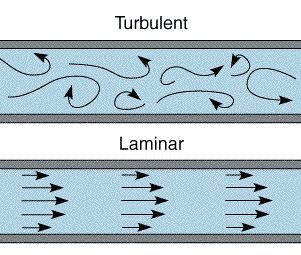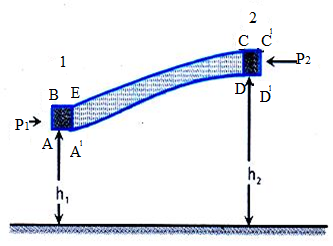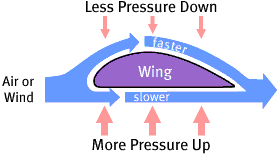Ask a Doubt
Get your questions answered by the expert for free
Enter text here...
Other Related Questions on Modern Physics


Two particles approach each other from very large distance as shown, . if the least separation between the particles is b, what is the speed of M in center of mass frame when particles are closest? (gravity negligible)
Modern Physics
0 Answer Available
Last Activity: 2 Year ago(s)

Can the sum of two equal vectors be equal to either vector
Modern Physics
0 Answer Available
Last Activity: 2 Year ago(s)

A nucleus X184 at rest emitt alpha particle With kinetic energy 9.0MeV. The product Nucleus is Y. The values of Binding energy per nucleon of alpha particle & Y differ by 1.5MeV. The values of Binding energy per nucleon of X & Y differ by (n÷230) MeV, then n is
Modern Physics
0 Answer Available
Last Activity: 2 Year ago(s)

SUBJECT: PROBLEM BASED ON LINE DETECTION.Query: How to apply all the filters for line detection on the following piece of image (provided below)? Explain its Observations to comment on its results.
Modern Physics
0 Answer Available
Last Activity: 2 Year ago(s)















